Sebastien Thomassey
GEMTEX
A Deep Reinforcement Learning Based Multi-Criteria Decision Support System for Textile Manufacturing Process Optimization
Dec 29, 2020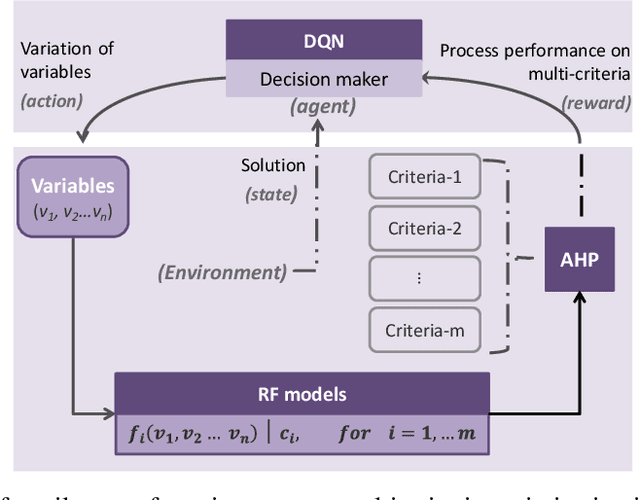
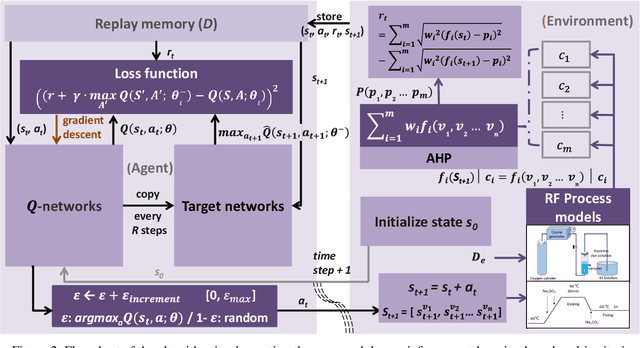
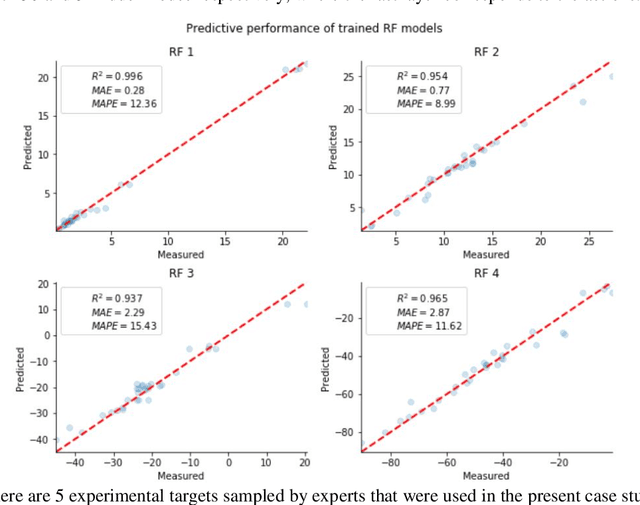
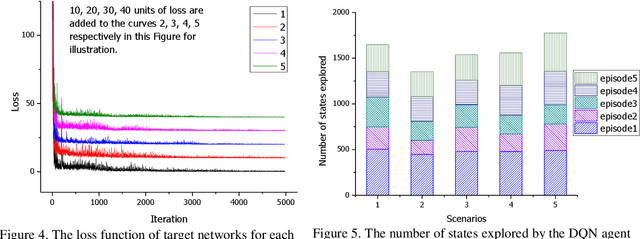
Abstract:Textile manufacturing is a typical traditional industry involving high complexity in interconnected processes with limited capacity on the application of modern technologies. Decision-making in this domain generally takes multiple criteria into consideration, which usually arouses more complexity. To address this issue, the present paper proposes a decision support system that combines the intelligent data-based random forest (RF) models and a human knowledge based analytical hierarchical process (AHP) multi-criteria structure in accordance to the objective and the subjective factors of the textile manufacturing process. More importantly, the textile manufacturing process is described as the Markov decision process (MDP) paradigm, and a deep reinforcement learning scheme, the Deep Q-networks (DQN), is employed to optimize it. The effectiveness of this system has been validated in a case study of optimizing a textile ozonation process, showing that it can better master the challenging decision-making tasks in textile manufacturing processes.
* arXiv admin note: text overlap with arXiv:2012.01101
Multi-Objective Optimization of the Textile Manufacturing Process Using Deep-Q-Network Based Multi-Agent Reinforcement Learning
Dec 02, 2020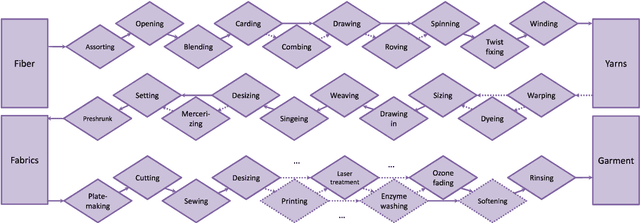
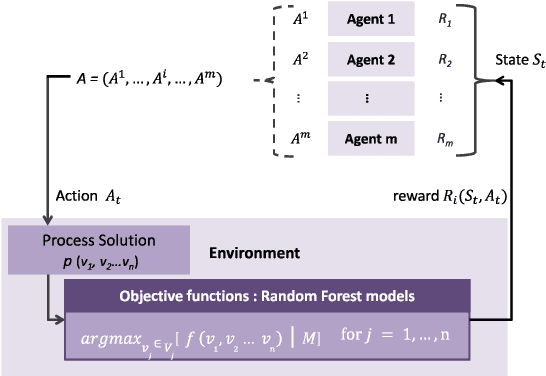
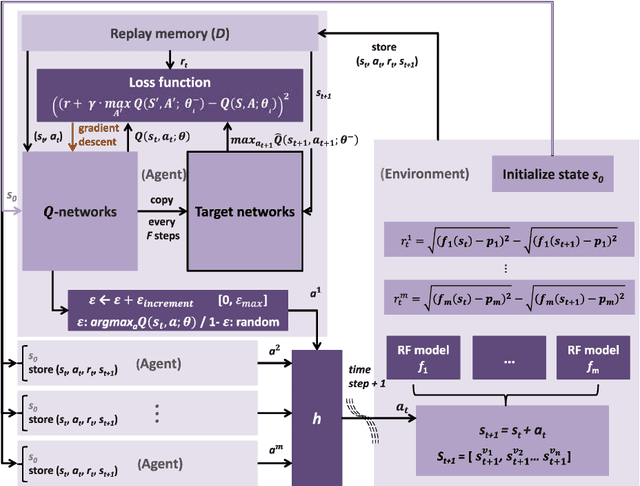
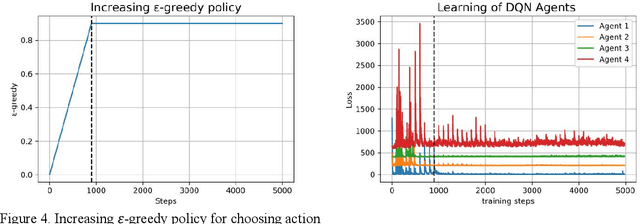
Abstract:Multi-objective optimization of the textile manufacturing process is an increasing challenge because of the growing complexity involved in the development of the textile industry. The use of intelligent techniques has been often discussed in this domain, although a significant improvement from certain successful applications has been reported, the traditional methods failed to work with high-as well as human intervention. Upon which, this paper proposed a multi-agent reinforcement learning (MARL) framework to transform the optimization process into a stochastic game and introduced the deep Q-networks algorithm to train the multiple agents. A utilitarian selection mechanism was employed in the stochastic game, which (-greedy policy) in each state to avoid the interruption of multiple equilibria and achieve the correlated equilibrium optimal solutions of the optimizing process. The case study result reflects that the proposed MARL system is possible to achieve the optimal solutions for the textile ozonation process and it performs better than the traditional approaches.
 Add to Chrome
Add to Chrome Add to Firefox
Add to Firefox Add to Edge
Add to Edge